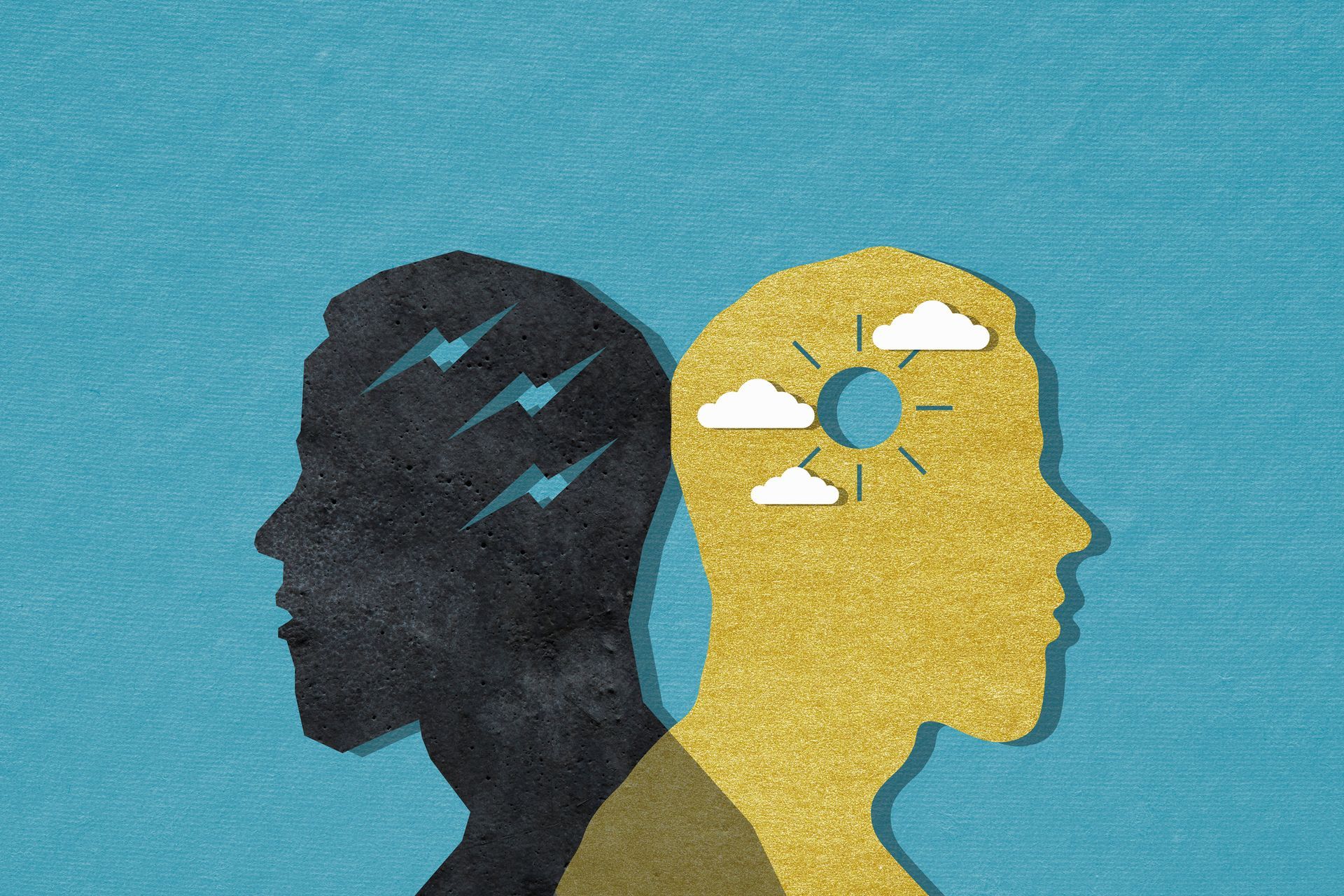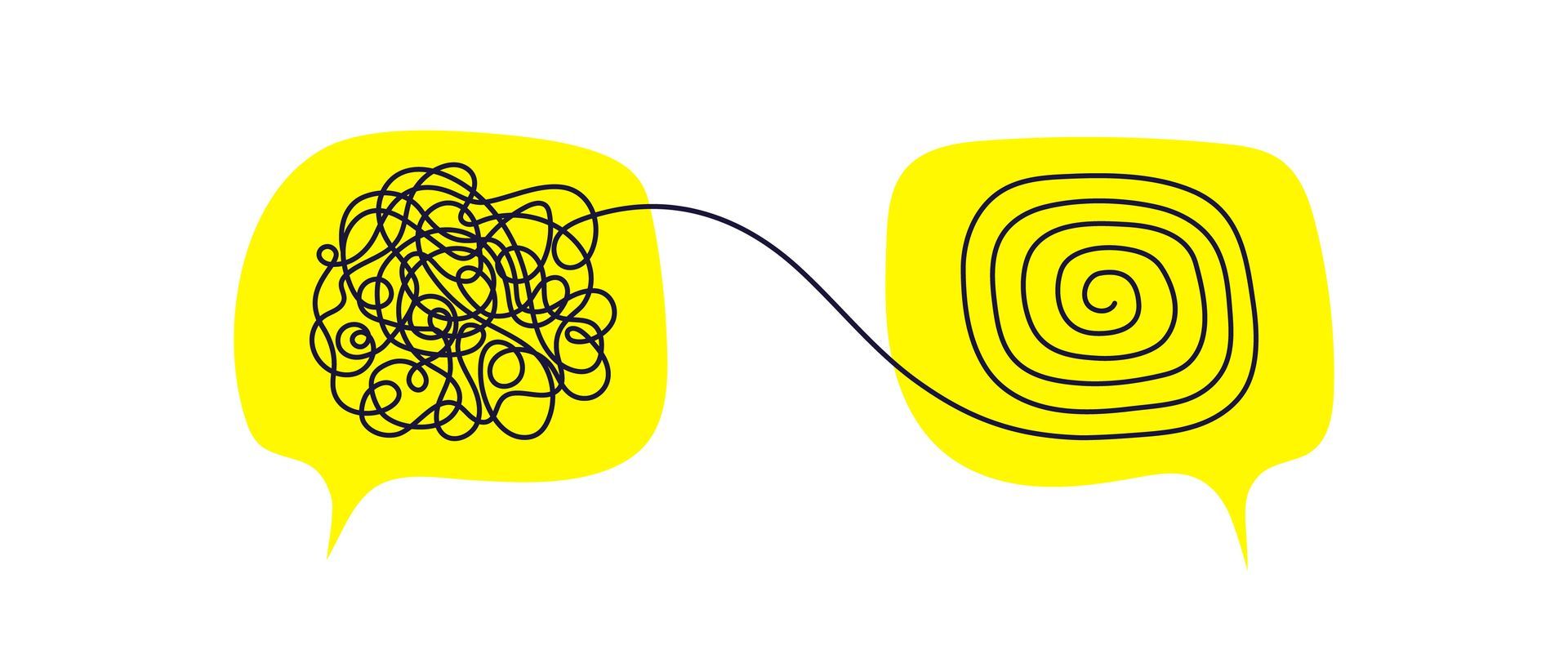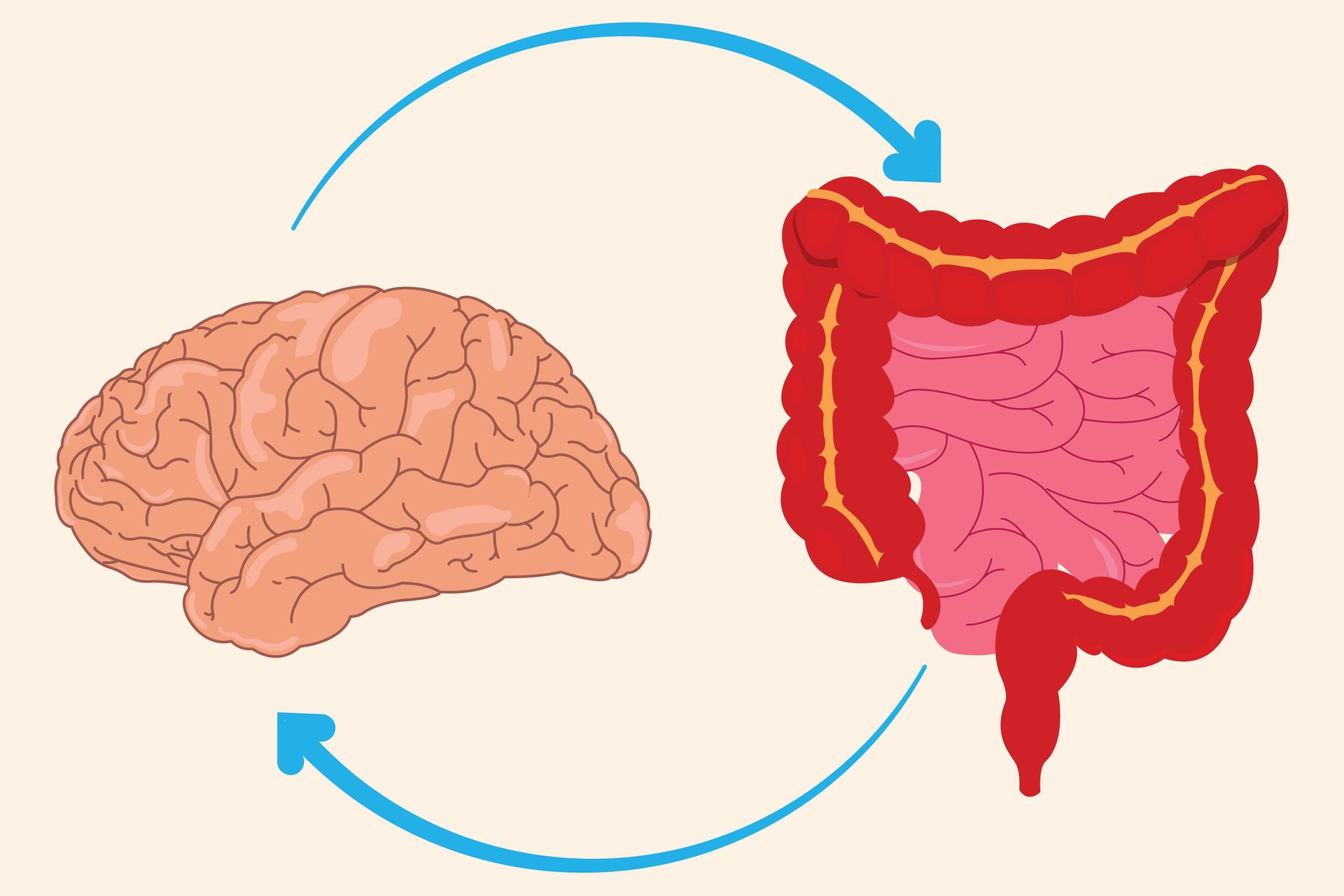Techniques to Manage Anxiety: Finding Calm in the Chaos
Anxiety can feel like an unwelcome guest in our minds—constant, overwhelming, and often disruptive. Whether it’s work-related stress, social pressures, or personal worries, anxiety can sneak into our lives at any moment, leaving us feeling powerless. But there’s good news: there are practical techniques we can use to manage anxiety and regain control. Here’s a breakdown of some tried-and-true methods that can help you feel more grounded and calm.
1. Deep Breathing: The Power of the Breath
When anxiety strikes, your body reacts by releasing stress hormones, which can lead to physical symptoms like a racing heart and shallow breathing. By practicing deep breathing, you can activate the body's relaxation response and calm your nervous system.
How to do it:
- Sit or lie down in a comfortable position.
- Close your eyes and focus on your breathing.
- Inhale slowly through your nose for a count of 4, hold for a count of 4, and then exhale through your mouth for a count of 4.
- Repeat this cycle for 5-10 minutes, gradually deepening your breath with each round.
This simple exercise can help lower your heart rate and reduce physical tension, giving you a moment of calm amidst anxiety.
2. Grounding Techniques: Reconnecting with the Present
When anxiety is overwhelming, it’s easy to become consumed by negative thoughts or worries about the future. Grounding techniques can help you stay present, pulling you out of your anxious thoughts and into the here and now.
How to do it:
- Use the “5-4-3-2-1” method: Name 5 things you can see, 4 things you can touch, 3 things you can hear, 2 things you can smell, and 1 thing you can taste.
- Alternatively, focus on the physical sensations of your body (like feeling the ground beneath your feet) to bring your awareness back to the present moment.
This technique can be especially helpful when you're experiencing a panic attack or feeling mentally overwhelmed.
3. Exercise: Moving Through Anxiety
Physical activity is a powerful tool in the fight against anxiety. Exercise releases endorphins—your body’s natural mood elevators—and helps reduce the physical tension that often accompanies anxious feelings.
How to do it:
- Engage in any physical activity that you enjoy. Whether it’s yoga, jogging, dancing, or even going for a walk, the key is consistency.
- Aim for at least 30 minutes of exercise a few times a week to keep your body and mind in balance.
Exercise can provide both a physical and mental release, helping you feel more resilient in the face of stress.
4. Mindfulness and Meditation: Observing Without Judgment
Mindfulness practices encourage you to observe your thoughts and feelings without getting caught up in them. Meditation, in particular, helps cultivate a sense of calm and acceptance.
How to do it:
- Find a quiet space where you can sit comfortably without distractions.
- Close your eyes and focus on your breath. When your mind wanders, gently bring your attention back to your breath without judgment.
- You can also use guided meditation apps or videos to help you stay focused.
Over time, mindfulness and meditation can increase your ability to respond to anxiety with calmness instead of reacting impulsively.
5. Cognitive Behavioral Therapy (CBT): Rewriting Your Thought Patterns
CBT is a therapeutic approach that focuses on identifying and challenging negative thought patterns that contribute to anxiety. By learning to reframe your thoughts, you can break the cycle of anxiety and develop healthier coping strategies.
How to do it:
- Start by identifying the negative thoughts that arise when you're feeling anxious (e.g., “I’m going to fail,” or “Something bad is going to happen”).
- Challenge these thoughts by asking yourself: “Is this thought based on facts or assumptions?” or “What evidence do I have to support this thought?”
- Replace irrational thoughts with more balanced, realistic ones (e.g., “I have prepared for this, and I am capable of handling it”).
Working with a therapist trained in CBT can help you build these skills more effectively, but you can also practice CBT techniques on your own.
6. Limit Stimulants: Taking Control of Your Environment
Certain substances, like caffeine and sugar, can exacerbate feelings of anxiety. Cutting back on stimulants can help keep your anxiety levels more stable, especially if you’re particularly sensitive to them.
How to do it:
- Try reducing your intake of caffeinated drinks (coffee, soda, energy drinks) and opt for herbal teas or water instead.
- Be mindful of your diet—whole foods, such as fruits, vegetables, and proteins, can support your body in maintaining balanced energy levels.
7. Progressive Muscle Relaxation (PMR): Releasing Tension
Anxiety often manifests in physical tension, and Progressive Muscle Relaxation (PMR) is a technique that can help reduce that tension. By tensing and then relaxing each muscle group in your body, you can ease the physical strain anxiety places on you.
How to do it:
- Start with your feet and work your way up to your head, tensing each muscle group for about 5 seconds before releasing.
- For example, tense your feet and toes, hold, and then release. Move to your calves, thighs, abdomen, hands, arms, shoulders, and so on.
PMR not only helps reduce physical tension but also encourages mindfulness of your body, which can break the cycle of anxious thoughts.
8. Create a Relaxation Ritual: Incorporating Calm into Your Routine
Anxiety often feels worse when it’s left unchecked. One of the best ways to manage it is to incorporate relaxation techniques into your daily routine.
How to do it:
- Set aside time each day (even just 10-15 minutes) for a calming activity—whether it’s reading, journaling, taking a warm bath, or listening to soothing music.
- Establishing this ritual will signal to your body and mind that it’s time to relax, helping you proactively manage stress.
9. Seek Support: You Don’t Have to Go It Alone
Sometimes, the best way to manage anxiety is by reaching out for support. Whether it’s talking to a trusted friend or family member or seeking professional help, you don’t have to face anxiety alone.
How to do it:
- Be open about your feelings with those you trust. Sometimes, simply expressing what’s on your mind can alleviate some of the anxiety you’re feeling.
- Consider professional support if your anxiety feels overwhelming. Therapists or counselors trained in anxiety management can provide tailored strategies for coping.
In Conclusion: A Journey, Not a Destination
Managing anxiety is not about eliminating it entirely—it’s about learning how to navigate it when it arises. By using these techniques consistently, you can build resilience and feel more equipped to handle life’s challenges. Remember, it’s okay to seek support, take breaks, and practice self-compassion as you work through moments of anxiety. You’re not alone, and with time, you’ll discover what works best for you in finding peace amidst the storm.
















